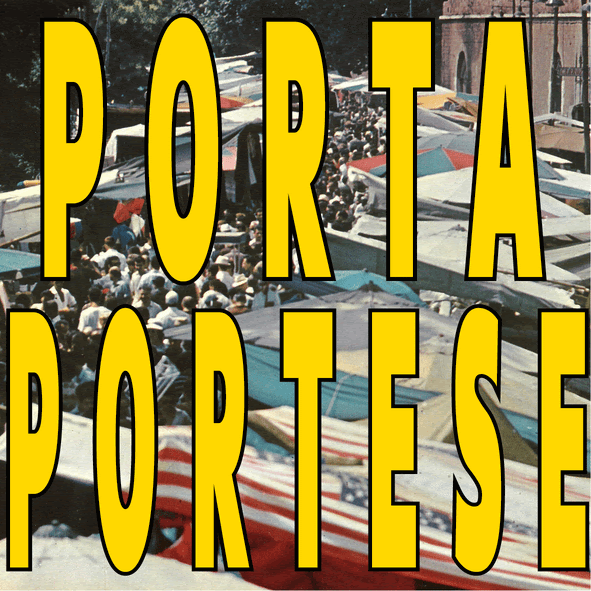The Families of Man
Museo Archeologico Regionale
Piazza Roncas, 12, 11100 AOSTA (AO)
29 May – 10 October, 2021
Curated by Walter Guadagnini and Elio Grazioli
Artists: Marina Ballo Charmet, Gian Paolo Barbieri, Olivo Barbieri, Gabriele Basilico, Letizia Battaglia, Sara Benaglia, Jacopo Benassi, Gianni Berengo Gardin, Silvia Bigi, Tommaso Bonaventura, Michele Borzoni, Francesco Bosso, Luca Campigotto, Alfa Castaldi, Vincenzo Castella, Francesca Catastini, Giacomo Costa, Nicolò De Giorgis, Paola De Pietri, Paola Di Bello, Giorgio Di Noto, Mario Dondero, Luigi Erba, Irene Fenara, Gianni Fiorito, Pierluigi Fresia, Gabriele Galimberti & Paolo Woods, Andrea Galvani, Giovanni Gastel, Luigi Ghirri, Guido Guidi, Francesco Jodice, Armin Linke, Nicola Lo Calzo, Alex Majoli, Tancredi Mangano, Ottonella Mocellin e Nicola Pellegrini, Walter Niedermayer, Adrian Paci, Mattia Paladini, Paolo Pellegrin, Antonio Rovaldi, Paolo Roversi, Simone Schiesariì, Ferdinando Scianna, Alberto Sinigaglia, Lamberto Teotino, The Cool Couple, Toni Thorimbert, Oliviero Toscani, Franco Vaccari, Carlo Valsecchi, Paolo Ventura, Massimo Vitali, Lorenzo Vitturi, Alba Zari, Michele Zaza.
ITA
Il progetto, ideato e realizzato dalla casa editrice Electa, è a cura di Elio Grazioli e Walter Guadagnini.
57 fotografi italiani tra i quali Gian Paolo Barbieri, Olivo Barbieri, Gabriele Basilico, Letizia Battaglia, Jacopo Benassi, Gianni Berengo Gardin, Paola De Pietri, Mario Dondero, Andrea Galvani, Francesco Jodice, Armin Linke, Adrian Paci, Antonio Rovaldi, Ferdinando Scianna, Oliviero Toscani, Toni Thorimbert, Franco Vaccari, Paolo Ventura, Massimo Vitali compongono, attraverso un centinaio di opere, un grande affresco sulla contemporaneità storica, sociale, economica, ambientale degli ultimi trent’anni: a partire dalla caduta del muro di Berlino, fino agli eventi legati al fenomeno ancora in corso della pandemia, che ha iscritto il 2020 tra le date storiche dell’umanità. Continue reading →


















